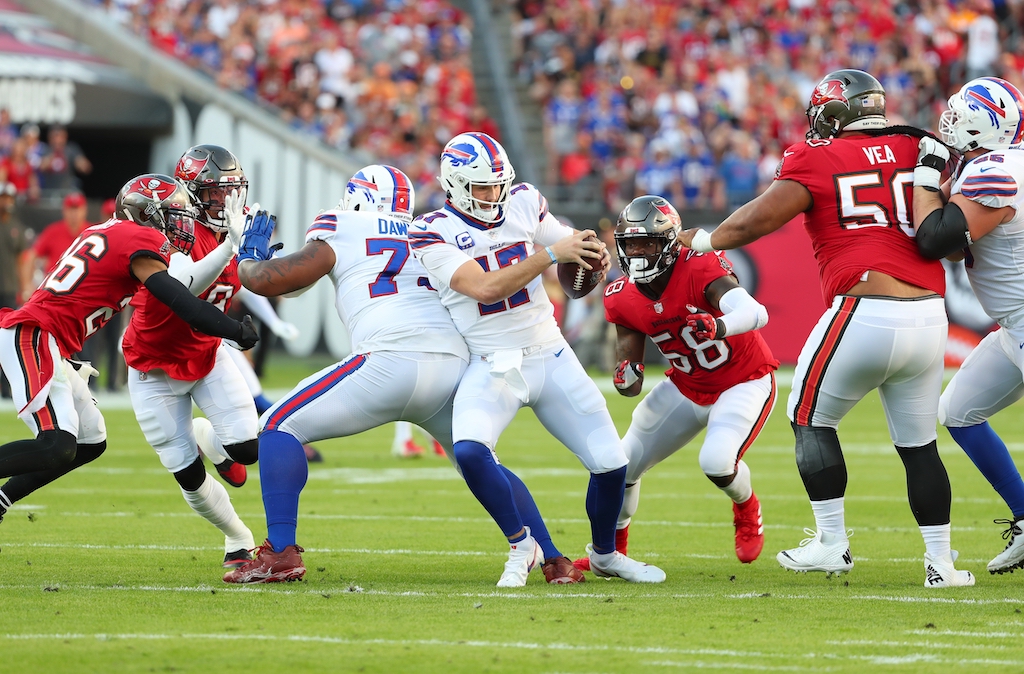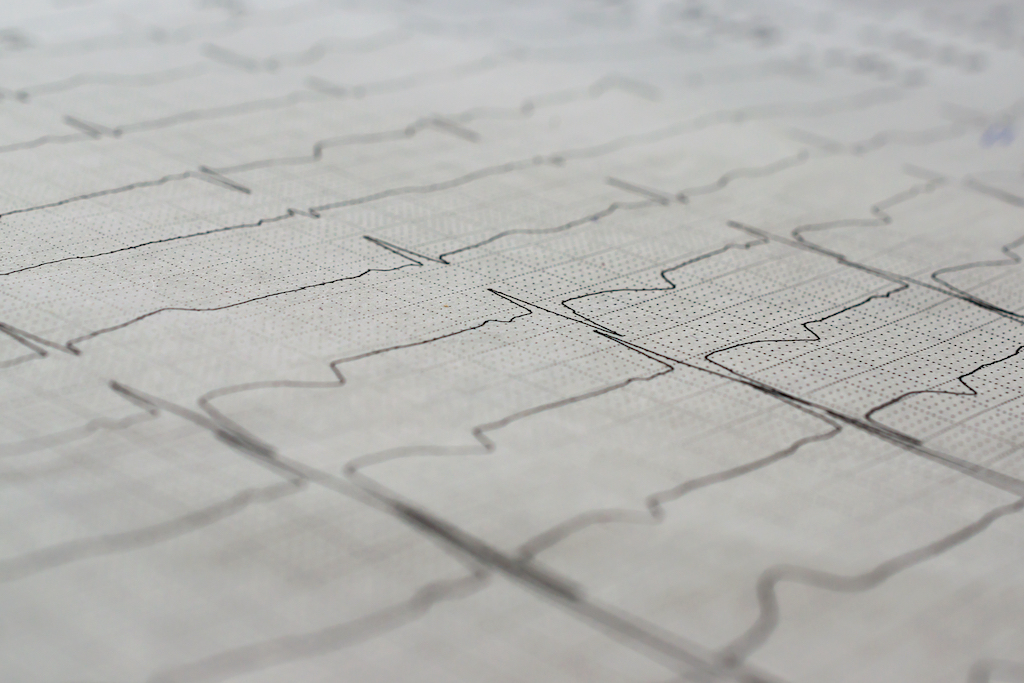 Photo Credit: Shutterstock
Photo Credit: Shutterstock
On Monday, January 2nd, the Buffalo Bills took the field in Cincinnati to play the Cincinnati Bengals. As the game was in motion and fans cheered on their teams, everyone was quickly put to a standstill when the defensive back of the Bills, Damar Hamlin, was struck, causing him to collapse on the field mid-game. While CPR was administered on the field, we all wondered what happened and why Hamlin was unable to move. As we prayed his injuries were minimal, we soon found out that Hamlin suffered from cardiac arrest. The game was suspended, then postponed, and now officially canceled.
In the days following, fans, friends, family, and the NFL came together in support of Hamlin. Due to his substantial improvements over the course of the days, Hamlin was able to be released from the hospital today.
In light of Hamlin’s recent experience, we sat down with Haute MD expert Dr. Deborah Houk to discuss the seriousness of cardiac arrest and the sudden nature of the medical emergency.
How common is sudden cardiac death in athletes?
Sudden cardiac death (SCD), also known as cardiac arrest, in athletes is a rare but scary phenomenon. Despite its infrequency, it is the number one cause of death for athletes during exercise. It is hard to know the exact numbers, but some research studies suggest that the likelihood of SCD is up to 1 in 50,000 in high school athletes, while in college-aged athletes that risk goes up to 1 in about 13,000. Although the risk and prevalence of SCD among athletes are low, no matter how rarely it occurs, when it does, it is completely devastating.
What makes an athlete more susceptible to heart problems?
This question is tricky, as athletes aren’t overwhelmingly more susceptible to having heart problems than non-athletes, however, if they have an underlying heart condition, and are performing at a strenuous level, this can create a perfect storm for something like a cardiac arrest to occur.
Because of this risk, athletes must have yearly pre-participation physical examinations, even when they are very young, to catch potential cardiac issues. These sports physicals include a thorough history and physical examination, a deep dive into past medical history, a complete review of family history, determining if the patient is having any concerning symptoms, along with an electrocardiogram (EKG) if the cardiac screen is positive. If there is anything of note, typically the athlete would be referred to a cardiologist who would perform more in-depth evaluations and testing. These tests include echocardiograms, to view the structure of the heart, and stress tests, to see how the heart functions during exercise. Typically, these evaluations would be done before the athlete is released to participate in the sport.
What are the types of heart problems seen in athletes?
The types of heart problems seen most in athletes are congenital and genetic heart diseases that cause structural abnormalities and rhythmic abnormalities.
The structural cardiac issue we see most commonly is Hypertrophic Cardiomyopathy, which causes the heart muscles to be thickened to the point that there is obstruction of blood flowing through it. It is dangerous in anyone who has this genetic predisposition, however, in athletes, it becomes a major problem if left undiagnosed as adding the rigorous exercise seen with competitive sports on top of the structural abnormalities and left ventricular outflow obstruction, the risk of sudden death soars.
Some of the rhythmic abnormalities seen in endurance athletes include atrial fibrillation and supraventricular tachycardia. Athletes are also sometimes found to have extremely rare arrhythmias like Wolff-Parkinson-White Syndrome, Prolonged QT syndrome, or Brugada Syndrome. Each of these disorders is due to specific problems with the electrical system of the heart, and can be diagnosed with an EKG.
Outside of the congenital and genetic heart diseases that can cause problems for athletes, some of the other very notable heart problems that can occur at random and cause significant problems for athletes are myocarditis, commotio cordis, and vascular issues like acute aortic dissection.
 Photo Credit: Shutterstock
Photo Credit: Shutterstock
In the case of Damar Hamlin, could any doctor have foreseen him going into cardiac arrest?
No doctor could have foreseen Damar Hamlin’s cardiac arrest. His team officials say that his heart stopped after being hit during a play. Although the exact cause of his cardiac arrest isn’t fully known at this time, because Hamlin received immediate medical attention, with CPR and successful defibrillation on the field, his chances of recovery are significantly improved.
What are the signs of cardiac arrest?
Cardiac arrest is sudden. It can be noticed if someone collapses or loses consciousness, and if you took 10 seconds to check for a pulse, you wouldn’t feel one. That’s cardiac arrest.
In the case that you are around someone who goes into cardiac arrest – what should you do?
If someone around you goes into cardiac arrest, it is vitally important to perform cardiopulmonary resuscitation or CPR. When doing CPR, you should push hard and fast in the center of the chest, to the rhythm of the song “Staying Alive”, which is roughly 100 beats per minute. Immediate CPR is imperative because if started promptly after cardiac arrest, it can double or triple a person’s chances of survival. Prompt CPR can make the difference between life and death.
In addition to starting CPR, if you are around when someone goes into cardiac arrest, you should yell for help, tell someone to immediately call 911, and tell someone to run and grab an AED (automated external defibrillator) so that it can be used promptly as well.
For more information, visit Dr. Brian A. Levine's social media:

























